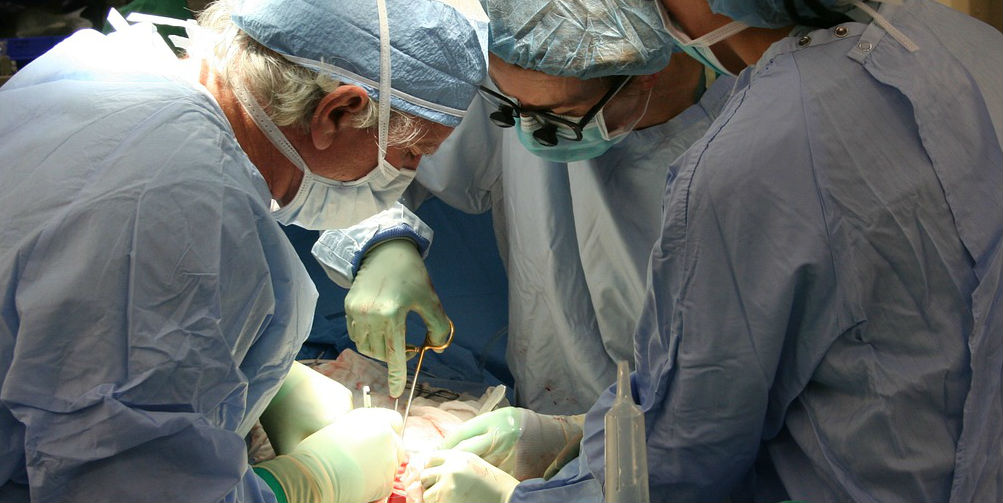
Leaving a surgical tool or some other object in the patient following an operation is a serious surgical error that should never happen. But it happens more often than you probably think.
Medical mistakes are a serious health risk and a leading cause of death in the United States by some estimates. Surgical errors are one type of these preventable medical “never events” – labeled as such because they are so serious they should never happen to a patient.
Serious Surgical Mistakes
Unfortunately, retained surgical instruments or RSIs, represent one example of serious mistakes made during an operation. Other commonly identified errors that harm surgical patients include:
· Operating on the wrong patient
· Operating on the wrong part of the patient
· Performing the wrong surgical procedure on a patient
But the seriousness of RSI errors recently came to light when Becker’s Hospital Review, a healthcare trade publication, reported on a webinar it hosted on the issue. The recap emphasized that retained surgical items are preventable and should never happen.
Another key point made in the webinar is one of the most common items left in a surgical patient is a surgical sponge. Referencing a study published in the Journal of American College Surgeons (“Retained Surgical Items: A Problem Yet to Be Solved”), 69% percent of retained surgical items is a sponge.
Surgical Sponges Left in Patient After Surgery
The researched revealed that surgical sponges are most often left in the patient’s abdomen: more than 50% of the time. Other body areas in which surgical sponges are most often left behind include:
· Chest
· Surgical wounds
· Vaginal cavity
That same study said that the longer the surgical procedure, the greater chances of having an RSI error. Other contributing cause cited were a lack of an accurate count of items by the surgical team and common safety protocols not being followed.
Leaving a surgical item in a patient not only happens too frequently, it also exposes the patient to serious harm. The webinar pointed to another study in making this point.
According to “Surgical Never Events in the United States,” a study published in Surgery, when an item is left in the body following a surgery:
· 6.6% of patients die from the surgical error
· About one third of the surgical patients suffer permanent harm
The study reported that nearly 4,100 patients suffer from a surgical never-event each year in this country and that 12% of surgeons cited in a surgical medical malpractice claim are involved again in at least one more similar claim in the future.
According to the study, the average medical malpractice payout following a retained surgical item error was $600,000.
The webinar provided recommendations for preventing retained surgical item errors. The first being that hospitals should often update guidelines about how surgical team members count sponges during surgeries. Another is the suggestion to employ up-to-date computerized technology that also tracks sponges during surgical procedures.
Medical “never events” are exactly that. There is never an excuse for patients and their families to suffer from them.
If you were seriously harmed or a loved one died during surgery or some other medical treatment and you suspect an error was made, consult with a medical malpractice lawyer to review your case and your legal options.
The choice of a lawyer is an important decision that should not be based solely on advertisements.
Authored by Gray Ritter Graham, posted in Blog October 20, 2020

 RSS Feed
RSS Feed